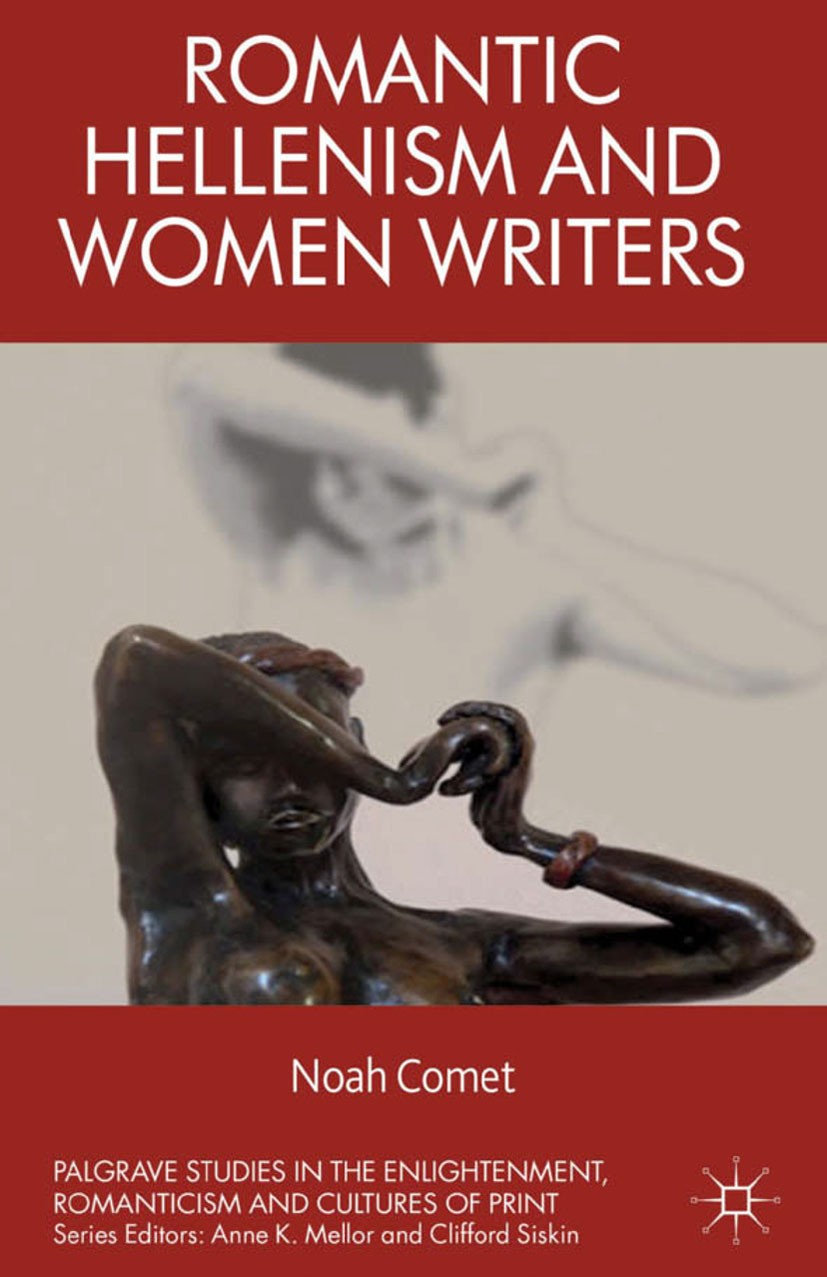| 书目名称 | Romantic Hellenism and Women Writers |
| 编辑 | Noah Comet |
| 视频video | http://file.papertrans.cn/832/831679/831679.mp4 |
| 丛书名称 | Palgrave Studies in the Enlightenment, Romanticism and Cultures of Print |
| 图书封面 |  |
| 描述 | Examining popular contexts of Greek revivalism associated with women, Comet challenges the masculine narrative of English Classicism by demonstrating that it thrived in non-male spaces, as an ephemeral ideal that betrayed a distrust of democratic rhetoric that ignored the social inequities of the classical world. |
| 出版日期 | Book 2013 |
| 关键词 | Classicism; rhetoric; Romanticism; women; British and Irish Literature |
| 版次 | 1 |
| doi | https://doi.org/10.1057/9781137316226 |
| isbn_softcover | 978-1-349-45465-5 |
| isbn_ebook | 978-1-137-31622-6Series ISSN 2634-6516 Series E-ISSN 2634-6524 |
| issn_series | 2634-6516 |
| copyright | Palgrave Macmillan, a division of Macmillan Publishers Limited 2013 |
 |Archiver|手机版|小黑屋|
派博传思国际
( 京公网安备110108008328)
GMT+8, 2025-12-16 06:09
|Archiver|手机版|小黑屋|
派博传思国际
( 京公网安备110108008328)
GMT+8, 2025-12-16 06:09


